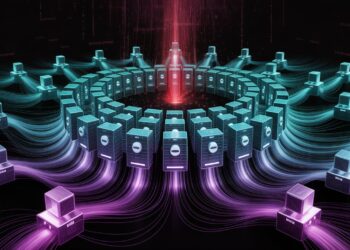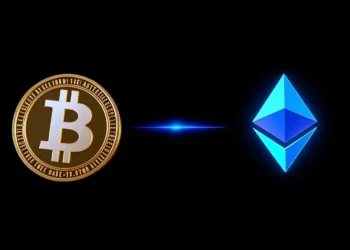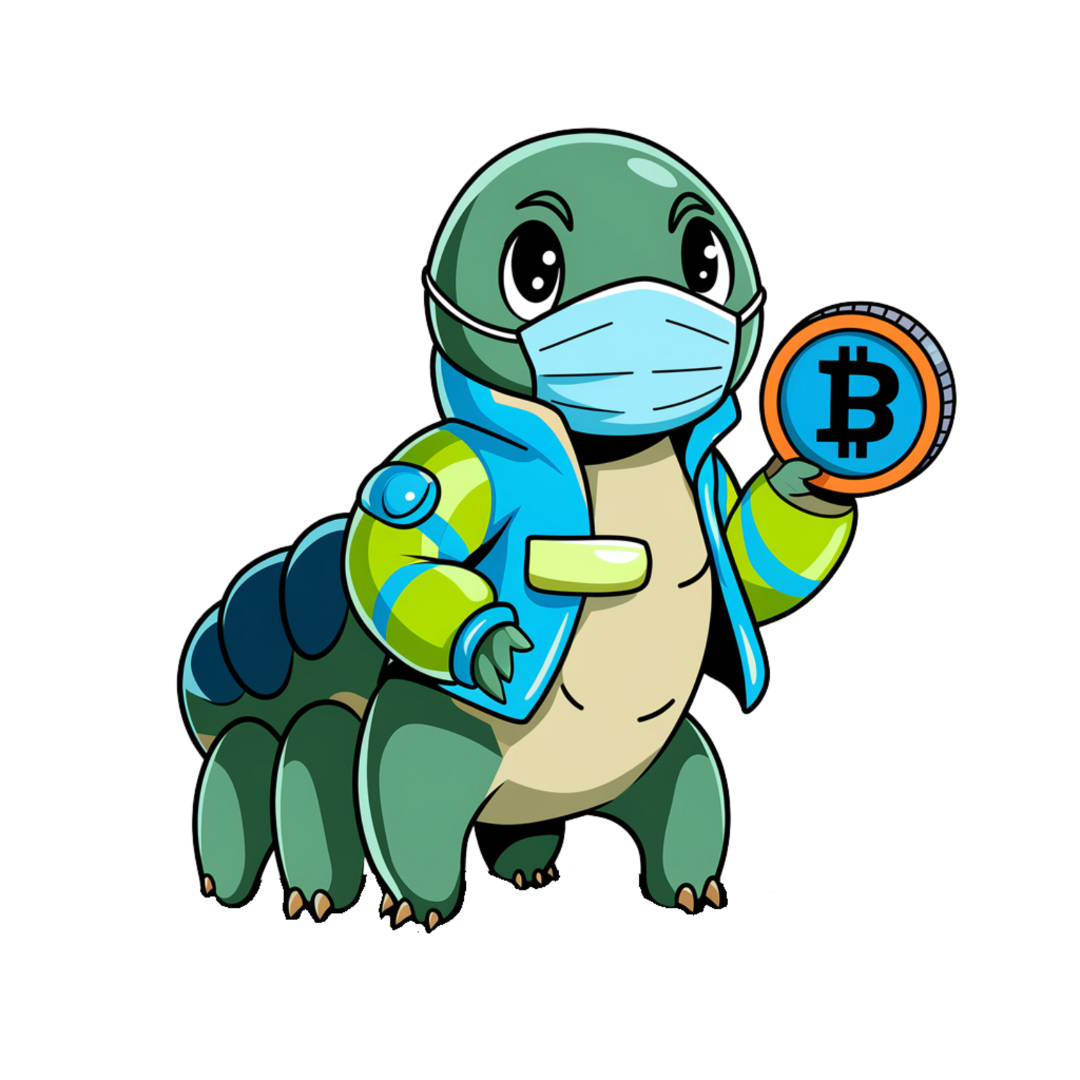Imagine a world where every step of a product’s journey, from factory to store, is visible to everyone involved. This is what blockchain offers. This technology has the potential to stop cyber attacks that can cause lots of damage to our systems.
Blockchain is like a digital record book that is shared among many computers. It makes it very hard to cheat the system. Let’s take a look at the good and bad things about blockchain. This should give you a balanced view.
Advantages of Blockchain Technology
Blockchain has a lot of good things to offer. It’s changing the way we do many things, from keeping our data safe to making transactions faster. Let’s explore some top perks of using blockchain.
Enhanced Security
One of the best things about blockchain is how safe it is. It uses tough math problems to protect info. This makes it really hard for hackers to get in.
- Immutability of records: Once something is written on the blockchain, it can’t be changed. This means your data is safe from tampering.
- Resistance to hacking and data breaches: Because the data is spread across many computers, hacking one computer won’t compromise the entire system. This makes it super secure.
Increased Transparency
Blockchain lets everyone see what’s happening. Every transaction is recorded and can be checked by anyone on the network. This openness builds trust.
- Traceability of transactions: You can follow each transaction from start to finish. This helps make sure things are done right.
- Improved accountability: With all transactions visible, it’s easier to hold people responsible for their actions.
Greater Efficiency and Speed
Blockchain can make things move faster. It cuts out the middleman. This makes transactions quicker and more efficient.
- Automation through smart contracts: Smart contracts automatically carry out tasks when certain things happen. It makes processes faster and easier.
- Elimination of intermediaries: No need for banks or other middlemen. This speeds up transactions.
Reduced Costs
Using blockchain can save money. It gets rid of extra fees and makes things simpler. This makes it cheaper to do business.
- Lower transaction fees: Without intermediaries, you save on transaction fees.
- Reduced administrative overhead: Automating tasks reduces the need for paperwork and admin staff.
Disadvantages of Blockchain Technology
While blockchain sounds awesome, it’s not perfect. There are some downsides you should know. These issues can cause headaches if you’re not ready for them.
Scalability Issues
One big problem is that blockchain can be slow. It can’t handle a ton of transactions at once. This can cause delays.
- Transaction throughput limitations: Blockchains can only process a certain number of transactions per second. This limit affects its usefulness.
- Network congestion: When too many people use the blockchain, it can get crowded and slow down.
Regulatory Uncertainty
No one really knows how blockchain will be regulated. The rules are different everywhere, and they keep changing. This makes it hard to know if you’re following the law.
- Evolving legal landscape: Laws about blockchain are still being written. It makes it hard to keep up.
- Jurisdictional complexities: What’s legal in one place might not be legal somewhere else.
High Energy Consumption
Some blockchains use a lot of electricity. This is bad for the environment. People are working on ways to make it greener.
- Environmental concerns: The energy used by some blockchains contributes to pollution.
- Alternative consensus mechanisms: Newer types of blockchains use less energy. Proof-of-Stake is an example.
Data Immutability Challenges
The fact that data can’t be changed can be a problem. If you make a mistake, it’s hard to fix it. This means you have to be really careful.
- Difficulty correcting errors: If wrong info is added to the blockchain, it can be hard to correct.
- Need for careful data validation: You have to make sure the info you put on the blockchain is correct from the start.
Real-World Blockchain Applications
Blockchain is being used in many different ways. It can help track products, secure health records, and make payments easier. Let’s look at some examples.
Supply Chain Management
Blockchain can track items as they move from place to place. This helps make sure products are real and safe. It can stop fake stuff from getting into the system.
- Tracking product origin and movement: Know exactly where a product comes from. See every step of its journey.
- Preventing counterfeiting: Make sure products are authentic and not fake copies.
Healthcare
Blockchain can keep medical records safe. It can also make it easier for doctors to share info. This helps patients get better care.
- Secure storage of medical records: Keep patient info safe from hackers.
- Improved data sharing and interoperability: Let doctors share patient info easily and securely.
Finance
Blockchain can make financial transactions faster and cheaper. It can also help people send money around the world without high fees. This is changing how finance works.
- Cross-border payments: Send money to other countries quickly and cheaply.
- Decentralized finance (DeFi): Use blockchain for loans, savings, and other financial services.
Addressing Blockchain Challenges
People are working on ways to fix the problems with blockchain. They’re coming up with new tech and rules to make it better. It’s a team effort.
Scalability Solutions
New tech can help blockchain handle more transactions. This will make it faster and more useful. It keeps things moving smoothly.
- Layer-2 protocols: These are add-ons that speed up transactions. The Lightning Network is one example.
- Sharding techniques: Splitting the blockchain into smaller pieces makes it faster.
Regulatory Compliance Strategies
Companies need to follow the rules when using blockchain. Getting legal help and using the right tools can help. Staying on top of things will keep you safe.
- Working with legal experts: Lawyers can help you understand the rules.
- Implementing compliance protocols: Using tools that make sure you’re following the rules.
Sustainable Blockchain Solutions
Using less energy is important for the environment. New ways of doing blockchain can help. It can make it more friendly to the earth.
- Proof-of-Stake (PoS): This uses less energy than older methods.
- Carbon offsetting initiatives: Paying to remove carbon from the air to balance out the energy use.
The Future of Blockchain
Blockchain is always changing. New things are happening all the time. This could change how we do a lot of stuff.
Emerging Trends
New trends like DeFi and NFTs are becoming popular. These could change how we use money and own things. It will be interesting to see what happens next.
- Decentralized Autonomous Organizations (DAOs): Groups that make decisions together using blockchain.
- Non-Fungible Tokens (NFTs): Unique digital items that can be bought and sold.
Blockchain Adoption Predictions
More companies might start using blockchain soon. It could become a normal part of doing business. This would change many industries.
- Increased enterprise adoption: More businesses using blockchain.
- Integration with other emerging technologies: Combining blockchain with AI and other new tech.
Conclusion
Blockchain has great benefits and real problems. It can boost security, up the trust, and cut costs. Yet, it also struggles with speed, rules, and energy use. As tech advances, these problems can be addressed. Stay informed about how blockchain changes. By staying aware, we can utilize its potential.

























